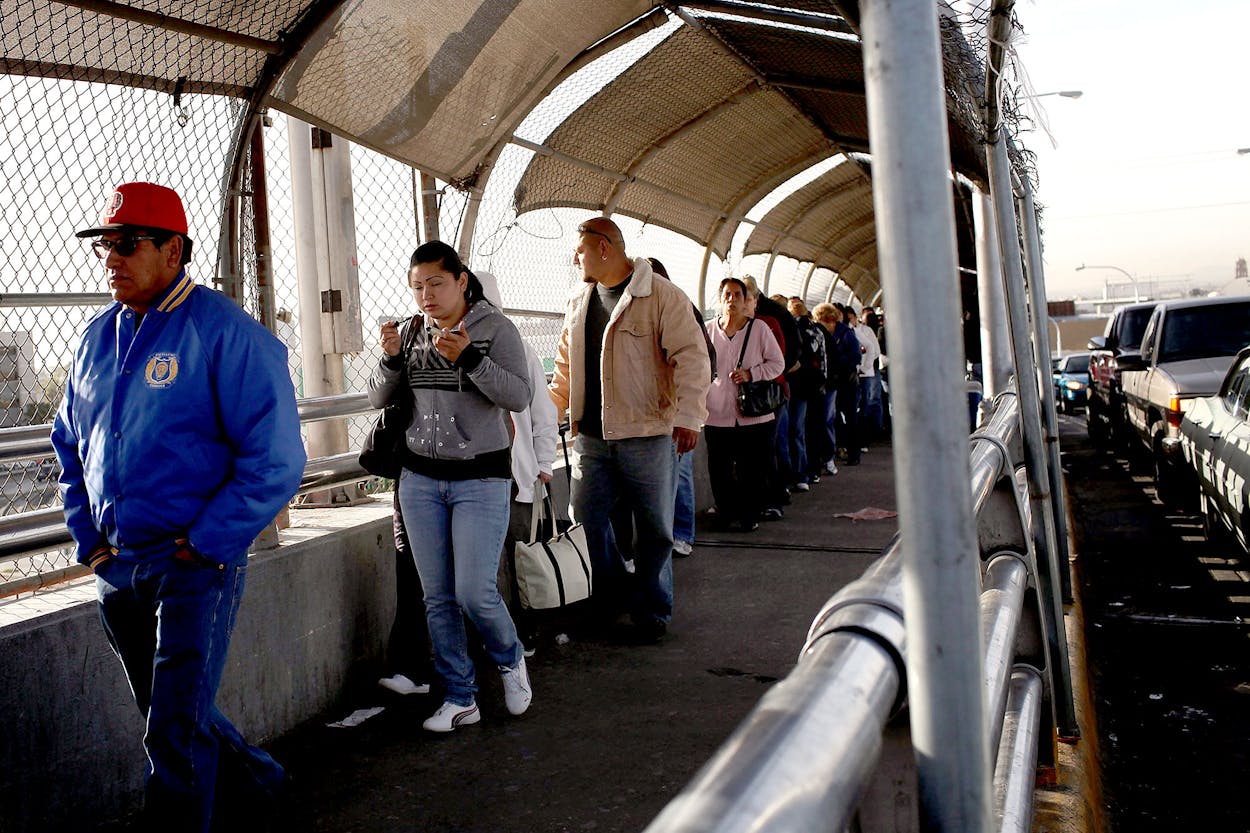Subscribe
It was a tense moment along the international boundary at the apex of a mile-long bridge connecting the United States and Mexico—highlighted by the arrival of an agent sporting a tactical rifle. Agents with Customs and Border Protection were employing a new tactic in the battle to control our southern borders that longtime residents along the border had never seen before: they were physically preventing immigrants seeking political asylum from setting foot in the United States, the first step in the asylum process. But are these tactics legal? Technically, the process of seeking political asylum, based on an immigrant’s credible fear of being persecuted—or worse—by the immigrant’s native government, is considered a legal entry into the United States—as long as the petition for asylum is made at a port of entry. Immigration officials are then required to allow the immigrant to remain in the United States until a judge can make an official determination that the fear of persecution is, indeed, credible. But this new practice seen last weekend, and acknowledged by officials with Customs and Border Protection, raises questions about whether immigration officials can physically bar entry to a port knowing the immigrant will be seeking asylum.
In a Texas Monthly Reporter podcast, we talk with El Paso journalist Robert Moore, who witnessed last weekend’s tense standoff and wrote about it here. At the invitation of immigration advocates, Moore went to the Paso del Norte bridge, an international bridge that connects El Paso with Ciudad Juárez, to see if rumors were true that customs agents were barring entry, in particular that of Central Americans. Moore shares his observations in what both sides agree is an escalation by the Trump administration to keep out undocumented immigrants and asylum seekers, and notes the position being taken by administration officials that long-established asylum law in this country is nothing more than a loophole for immigrants to gain entry.






